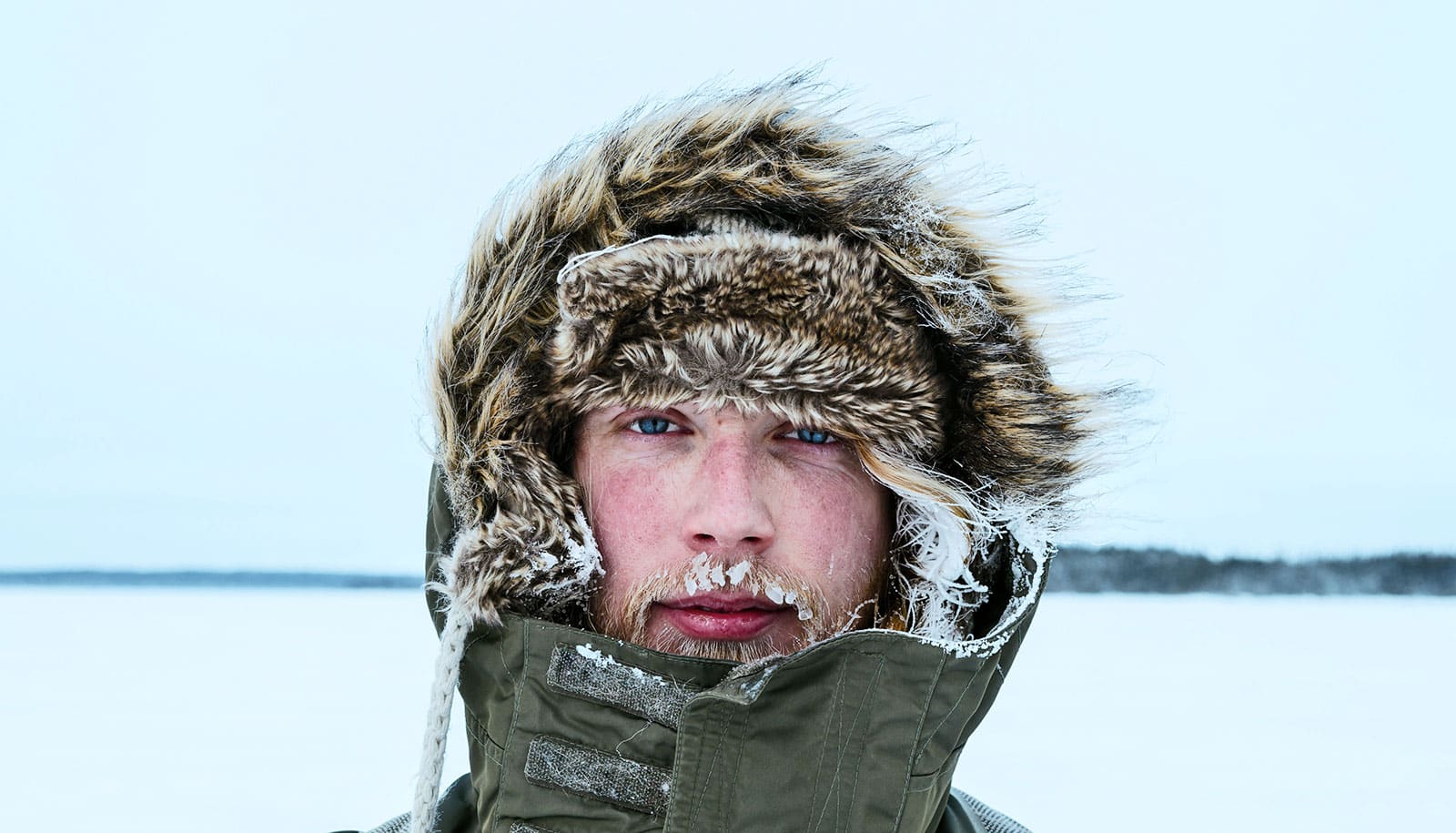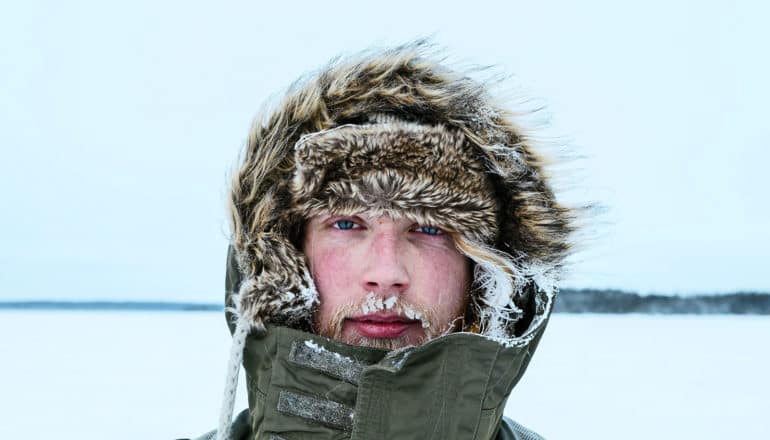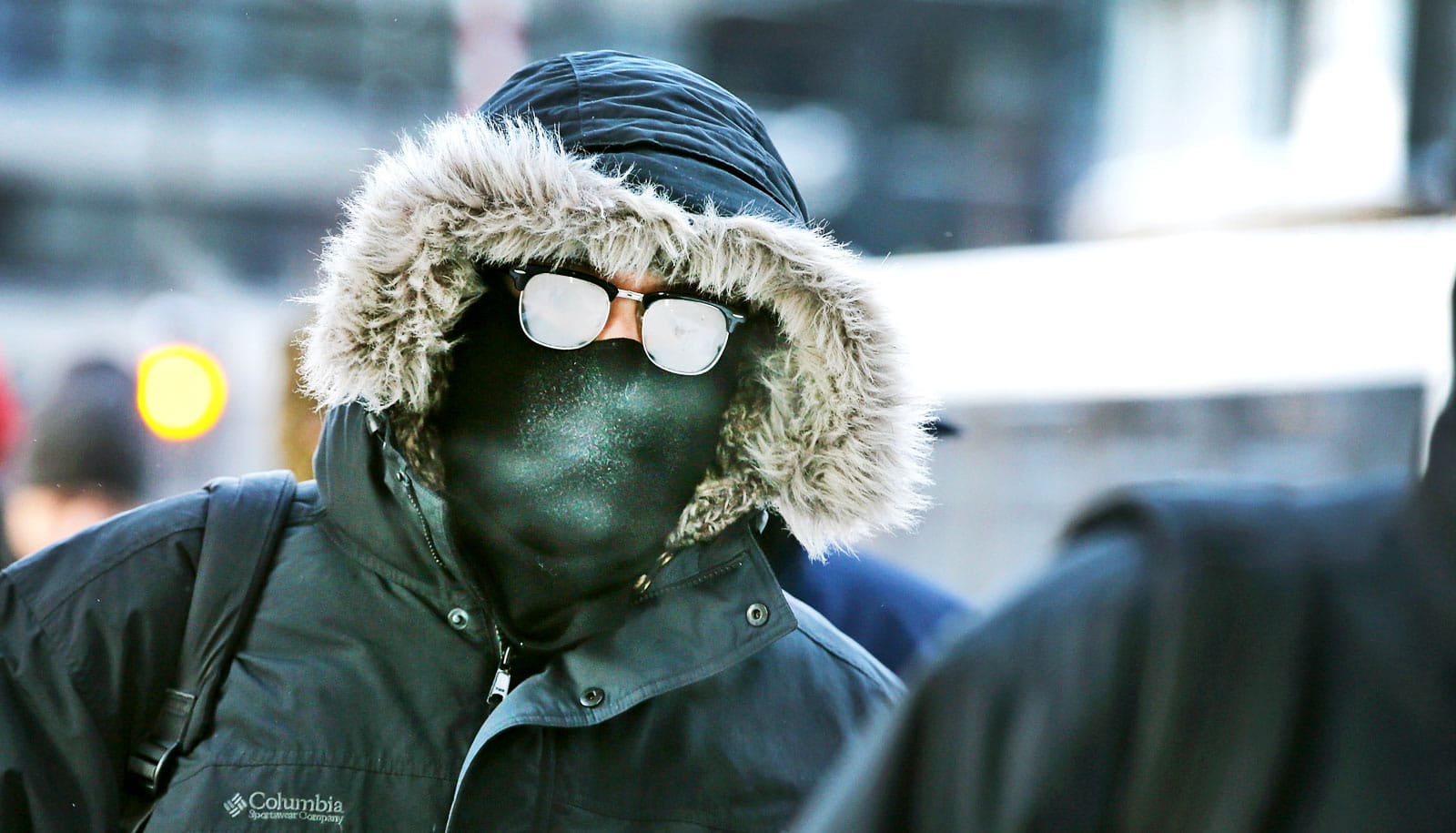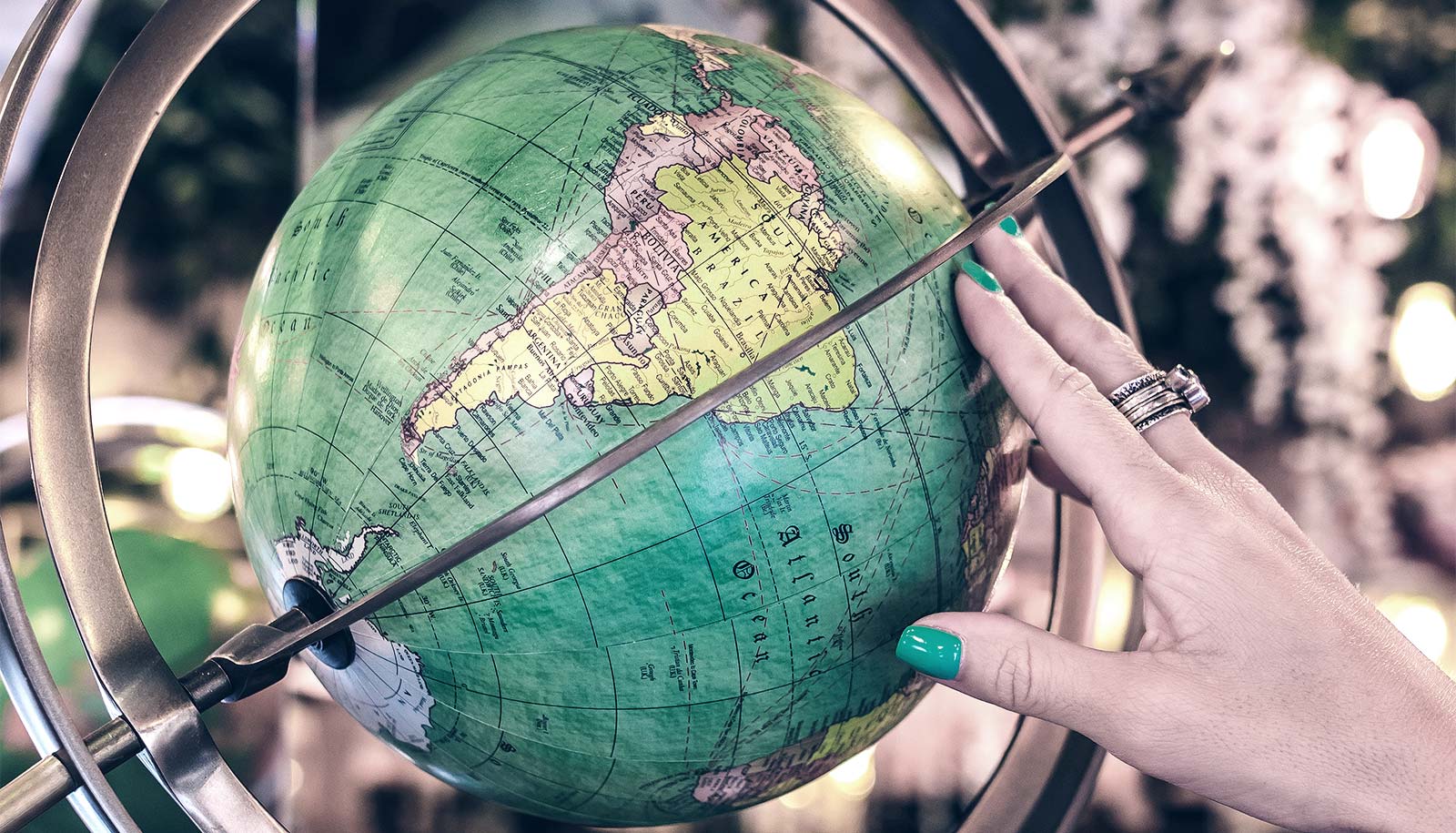
(Credit: Getty Images )
The polar vortex: How does it work?
You can blame the freezing weather of the last few weeks on the polar vortex, but what are they and why do they drive temperatures so low?

How does the polar vortex work and why was the most recent one so intense?
The polar vortex, a swirl of low-pressure air six miles up in the atmosphere, blasted much of the American Midwest and Northeast in late January 2019 with temperatures cold enough to bring on frostbite within minutes.
By Friday, February 1, the vortex and the Arctic air it funneled into cities from Fargo to Pittsburgh to Detroit had prompted days of school and business closures, thousands of flight cancellations, a halt to mail deliveries, and a smattering of power outages.
At least 21 people died and dozens were injured in weather-related incidents. Officials warned residents to stay inside, even as meteorologists began to forecast spring-like weather and the likelihood of an 80-degree temperature swing within a few days.

It all started after the polar vortex that normally hovers over the North Pole split in two on January 2, the result of planetary waves breaking in the stratosphere, says Aditi Sheshadri, an assistant professor of earth system science in Stanford University’s School of Earth, Energy & Environmental Sciences.
“When the polar vortex splits into two, the jet stream moves south over the Atlantic basin, and it takes all of the storms with it,” says Sheshadri. “We have no idea during a given event exactly when the storms might strike, but on average you see impacts for a month or two after the vortex splits.”
Here, Sheshadri explains the science behind the polar vortex and its dangerous effects on weather experienced at Earth’s surface, how the phenomenon is related to carbon dioxide emissions, and why the vortex can be expected to bring more winter storms and Arctic air to parts of the United States and Western Europe in the years ahead.
The post The polar vortex: How does it work? appeared first on Futurity.
Share this article:
This article uses material from the Futurity article, and is licenced under a CC BY-SA 4.0 International License. Images, videos and audio are available under their respective licenses.


